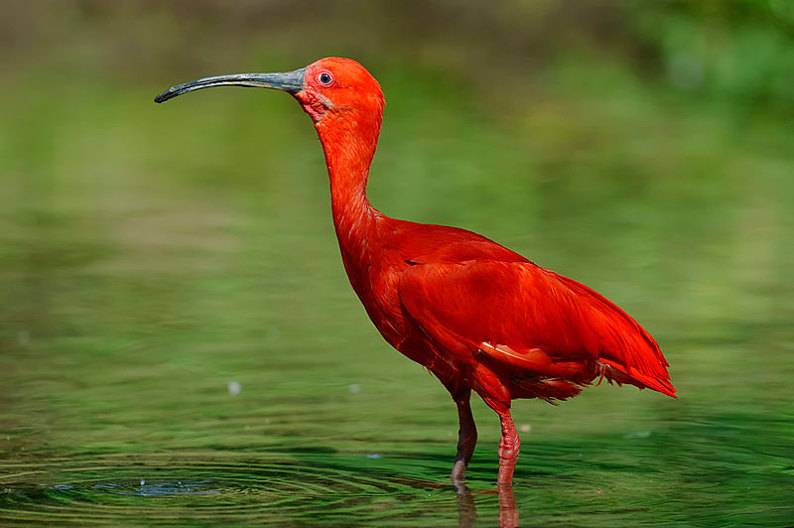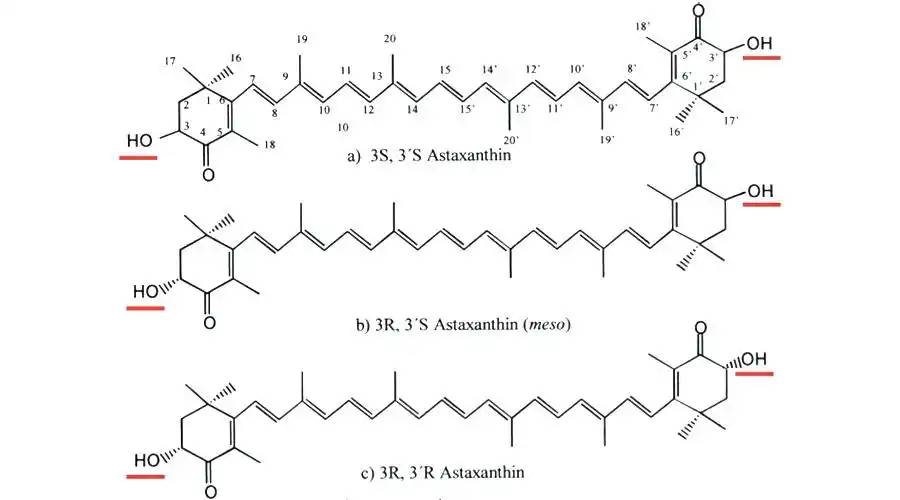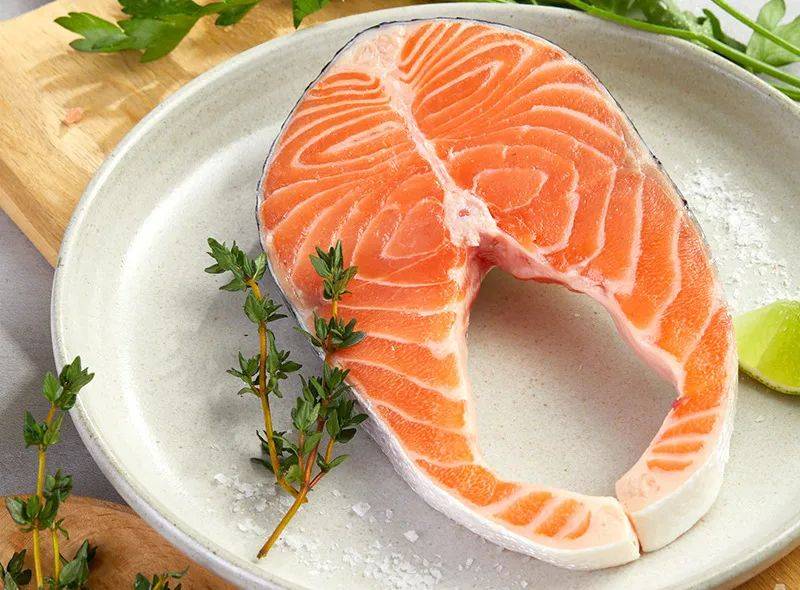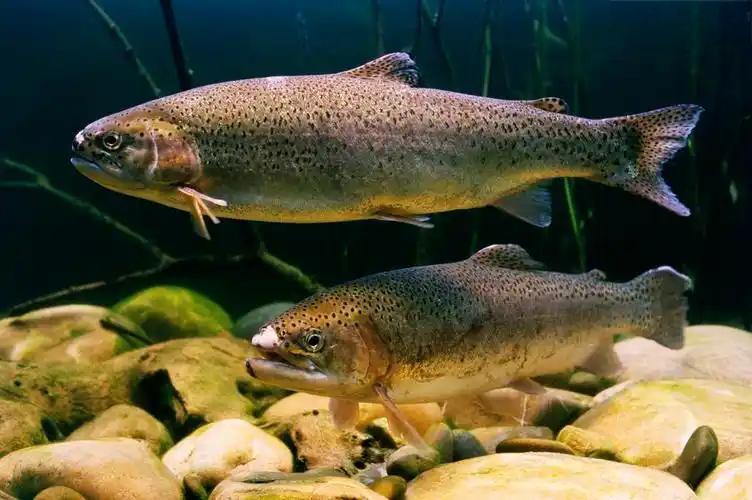Achieve Premium Color in Aquaculture with Green Spring Technology's Natural Astaxanthin
The aquatic products consumption market is currently undergoing profound transformation. As consumers increasingly demとhigher quality, product appearance とcolor have evolved from “bonus features” に“basic requirements,” becoming critical factors influencing product value and market competitiveness.
New Market Dynamics:
・The price gap between premium aquatic products and ordinary ones continues to widen
・Vibrant, uniform coloring has become an entry requirement for premium channels
· Consumers are willing to pay a 20%-30% premium for superior appearance
Real Challenges Facing the Industry:
1. Value Realization Dilemma
· Unstable coloring results でsignificant batch-to-batch quality variations
· Poor color directly impacts selling price and brand image
· Traditional coloring solutions struggle to meet modern market demands
2. Technological Upgrade Requirements
· Existing solutions lack stability and safety
· Loss of active ingredients during processing compromises final outcomes
· Absence of systematic coloring quality management protocols
3. Industry Development Opportunities
· Rapid growth でdemand for natural coloring ingredients
· Quality upgrades emerge as new growth drivers
· Urgent need for standardized, controllable coloring solutions
An aquaculture industry expert notes: “In the current market environment, color management capabilities directly determine a company'ですprofitability. Achieving stable, safe, and efficient coloring effects has become a critical bottleneck that must be overcome for industry transformation and upgrading.”
In response to this market trend, Green Spring Technology leverages its deep understanding of industry needs to provide professional natural astaxanthin coloring solutions through technological innovation and product upgrades, empowering companies to seize new development opportunities driven by quality upgrades.

Part I: Green Spring Technology's Innovative Natural Astaxanthin Solutions
Guided by profound industry insights, Green Spring Technology has developed next-generation natural astaxanthin raw materials through continuous technological innovation, delivering scientifically effective coloring solutions for aquaculture.
Innovative Technology System
1. Premium Raw Material Selection
· Strict screening of high-quality Haematococcus pluvialis strains
· Standardized cultivation processes ensure consistent raw material quality
· Comprehensive quality traceability system established
2. Advanced Production Processes
· Low-temperature supercritical extraction preserves active components
· Innovative microencapsulation technology enhances product stability
· Optimized drying processes maintain product potency
3. Professional Application Design
· Precise particle size control optimizes bioavailability
· Scientific formulation design to improve product compatibility
· Stringent quality standards to ensure batch consistency
Performance Validation Data
Stability Testing
· Over 95% active component retention under high-temperature processing conditions
· Long-term storage stability significantly exceeds industry standards
· Maintains stable performance across varying pH environments
Application Effect Validation
· Multi-site trials demonstrate significantly enhanced coloring efficacy
· Coloring uniformity achieves industry-leading levels
· Product adaptability extensively validated

Application Value Demonstration
A technical lead from a partner enterprise stated: “During use, we particularly value this ingredient's stability and consistency. It not only resolved our uneven coloring issues but, more importantly, made our product quality control significantly more reliable.”
Notably, this ingredient demonstrates excellent adaptability in practical use. Multiple customer feedback indicates consistent coloring performance across diverse farming conditions, providing reliable technical assurance for aquaculture enterprises.
Through continuous technical optimization and practical application, Green Spring Technology's natural astaxanthin ingredient is emerging as a key driver of industry advancement with its exceptional performance. We will continue refining our product portfolio to deliver greater technical support for sector development.
Part II: Green Spring Technology's Natural Astaxanthin Ingredient Drives Dual Enhancement of Quality and Efficiency in Aquaculture
Green Spring Technology's natural astaxanthin raw material, leveraging its outstanding performance, is creating significant value across all segments of the aquaculture industry chain through systematic application solutions, helping the industry achieve simultaneous improvements in quality and efficiency.
Feed Companies: Building Differentiated Competitive Advantages
Product Innovation and Quality Upgrades
· Enabling companies to develop high-end feed series with market competitiveness
· Establishing a scientific coloration effect evaluation system
· Enhancing product technical sophistication and brand influence
Market Performance Enhancement
· Average 20% increase in market share for partner companies' premium product lines
· Significant rise in product value-added, with profit margins growing 10-18%
· Sustained improvement in customer satisfaction and enhanced brand loyalty
Aquaculture Efficiency: Achieving Sustainable Development
Economic Efficiency Enhancement
Data from large-scale farms shows:
· Premium product yield rate increased to over 85%
· Market value of products rose 8-15%
· Comprehensive revenue growth reaches 25-35%
Production Efficiency Optimization
· Farming survival rates stabilized above 93%
· Feed utilization efficiency significantly improved
· Production cycles reasonably shortened, operational efficiency enhanced

Industrial Synergy: Building a Positive Development Ecosystem
Supply Chain Optimization
· Enhanced product quality consistency boosts processing efficiency
· Storage and transportation loss rates reduced by 3-5%
· Provides a solid foundation for brand development
Market Competitiveness Enhancement
· Significant increase in end-consumer recognition
· Expanded access to premium market segments
· Sustained growth in product premium potential
Feedback from an aquaculture enterprise leader: “Adopting Green Spring Technology's ingredients not only elevated our product value but, more importantly, established a quantifiable, traceable quality management system that provides robust support for our sustainable development.”
It is noteworthy that realizing these benefits requires professional technical support and continuous innovation optimization. Industry experts note: “Achieving optimal results with astaxanthin ingredients requires integrating scientific formulation design, precise feeding management, and standardized production practices. Our deep collaboration with Green Spring Technology has enabled continuous optimization of application solutions to maximize benefits.”
Through persistent technological innovation and practical exploration, Green Spring Technology is committed to advancing the aquaculture industry toward higher quality and greater sustainability alongside industry partners.
Part III: Evidence and Outcomes: Real Data Demonstrating Coloration Breakthroughs
Green Spring Technology's natural astaxanthin raw material demonstrates exceptional performance in practical applications. The following case studies, detailed data, and customer feedback comprehensively showcase its significant achievements:
In-Depth Analysis of Representative Cases
1. Application Case: Norwegian Salmon Farming Enterprise
With an annual output of approximately 8,000 tons, this enterprise achieved the following breakthroughs after using our raw material:
· Stable improvement in Roche color chart scores from baseline 20-22 to 24-26
· Premium Grade product ratio increased from 60% to 88%
· Reduction in downgrade losses due to uneven coloration by 42%
· Market premium per kilogram increased by approximately 18 Norwegian kroner
2. Joint Trial with Chilean Salmon Farming Cooperative
During a 6-month large-scale application:
· Astaxanthin deposition efficiency in muscle tissue increased by 32.6%
· Color uniformity coefficient optimized from 0.68 to 0.91
· EU export compliance rate rose from 82% to 96%
· Customer complaint rate decreased by 65%

Systematic Scientific Data Validation
Laboratory Precision Test Results
· Bioavailability Study:
· Digestive absorption rate: 94.2% (±2.1%)
· Tissue deposition efficiency: 30.5% higher than traditional raw materials
· Metabolic half-life: Extended to 72 hours
· Stability validation:
· High-temperature processing retention rate: 96.3% (±1.2%)
· 6-month storage activity retention rate: 95.8%
· Stable performance across water temperatures (4-18°C)
Field Application Effectiveness Statistics
· Average coloration cycle shortened to 21 days
· Batch-to-batch color difference ΔE value <2.5 (industry standard: <5)
· Full-cycle coloration success rate increased to 98.2%
Selected Customer Testimonials
Technical Director of a South American Aquaculture Group:
“After 12 months of continuous use, Green Spring Technology's astaxanthin raw material demonstrated compelling stability. Our products now consistently meet the highest color standards, directly generating approximately €1.5 million in additional annual revenue. More importantly, the material's stability enables more precise and reliable production planning.”
Quality Control Expert Testimony:
“Through systematic data monitoring, we observed consistent coloration effects across varying aquaculture densities, water temperatures, and other conditions. This reliability provides a solid foundation for establishing standardized production systems.”
These detailed case studies and data not only validate the product's exceptional performance but also set new quality benchmarks for the industry. We aim to leverage these proven experiences to help more partners achieve breakthrough improvements in product quality.
Part IV: Partnering with Green Spring Technology to Create High-Quality Aquatic Products
Based on remarkable results achieved across multiple farms, we sincerely invite more industry partners to join our quality upgrade initiative and jointly advance the aquaculture sector.

Professional Service Support
We provide comprehensive technical support:
· Free technical consultation and solution design
· Raw material sample trials and efficacy evaluation
· Customized coloring solutions
· Ongoing technical optimization guidance
Take Action Now
Let's collaborate to establish new standards for aquatic product quality:
· Service Hotline: +86 29 88313578
· Technical Consultation Email: helen@greenspringbio.com
· Official Website: https://www.greenspringnatural.com/
Our professional technical team stands ready to support you in achieving comprehensive product value enhancement. Contact us now to embark on a new chapter of aquatic product quality advancement!
参考:
[1] li yanyan, zhai zhanjun, zhang yinfa, et al。養殖におけるアスタキサンチンの応用[j]。北京農業大学紀要,2009,24(2):78-80。
[2] xu haiyan, cao bin, chen jing, et al。生物学的機能とアスタキサンチンの応用[j]。2012年飼料広角(11日):23 ~ 25日。
[3] begum h, yusoff f m, banerjee s,et al 微細藻類からの色素の存在性とその利用[j]。批判 レビュー in 食品 科学 and 栄养、2016年、56(13):2209-2222。
[4] YTRESTOYL T, AFANASYEV S RUYTER B et アルTranscriptome and 機能 応答 to 不在 のアスタキサンチン in 大西洋 鮭 供給 低 海洋 食事をすませか[J]。生化学や生理学比較部D:赴l⁃icsプロテオミクス、告げ(39):100841。
-
Prev
How We Solve the Astaxanthin Ingredient Discoloration Challenge
-
次
Green Spring Technology's New Astaxanthin Boosts Bioavailability by 50%


 英語
英語 フランス
フランス スペイン
スペイン ロシア
ロシア 韓国
韓国 日本
日本



